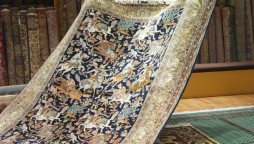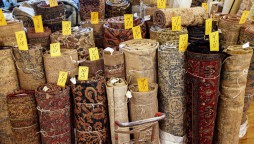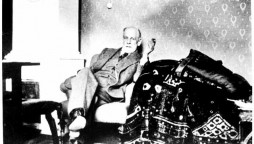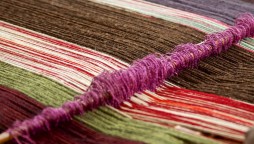The Record-Breaking Rug
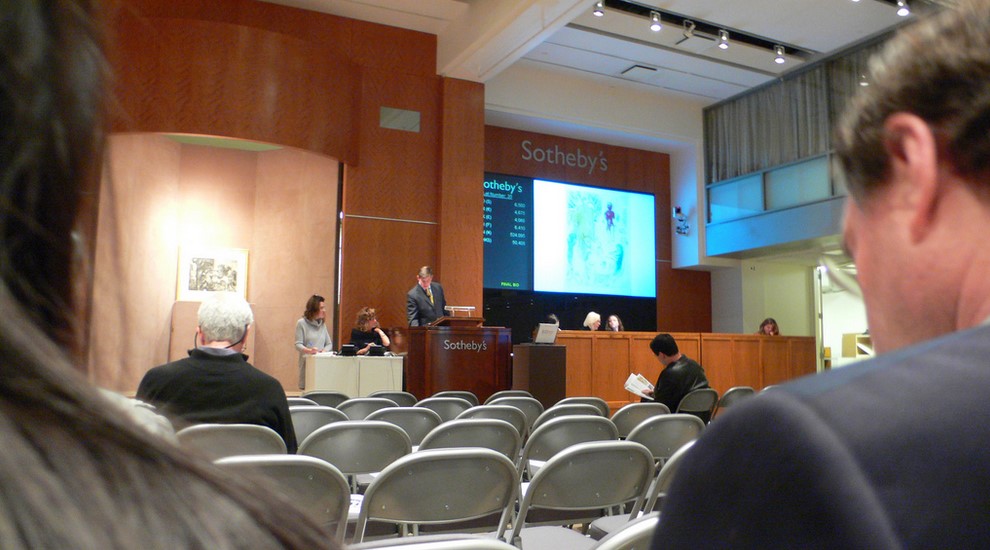
The Cost of Rare Collections
Numerous Oriental rugs have gone to auction in the past decade, largely due to a peaked interest in antique, finely-crafted carpets from the 16th and 17th centuries, as well as the number of pieces being made available to the public. One such Persian rug went to auction last year at Sotheby’s, one of the world’s most renowned brokers and auctioneers of fine art, jewelry, real estate, and collectibles, and surpassing all others which have ever gone to sale - becoming a record-breaking rug.
The rug, an 8ft 9in by 6ft 5in handwoven masterpiece, had originally been owned by billionaire industrialist and politician William Andrews Clark, Sr., who had purchased the item in the early 1900’s at the pinnacle of his success. In 1925, after his death, William Clark donated the exquisite piece to a museum in order for it to be cared for properly by the institution.
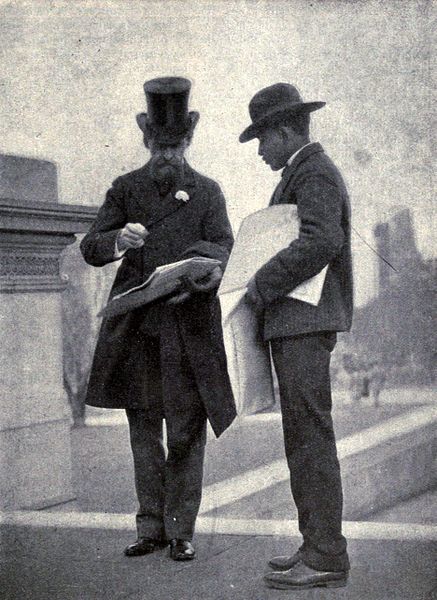
The article itself was an early 17th century Persian rug, now known as the Clark Sickle-Leaf Carpet, asymmetrically woven of red, blue and green colors made from both silk and cotton atop a woolen pile. Prior to being purchased at auction (by an anonymous participant who made the bid over the phone), the rug had been stored and maintained by the Corcoran Museum in Washington, DC, who had decided to sell the item so as to raise funds.
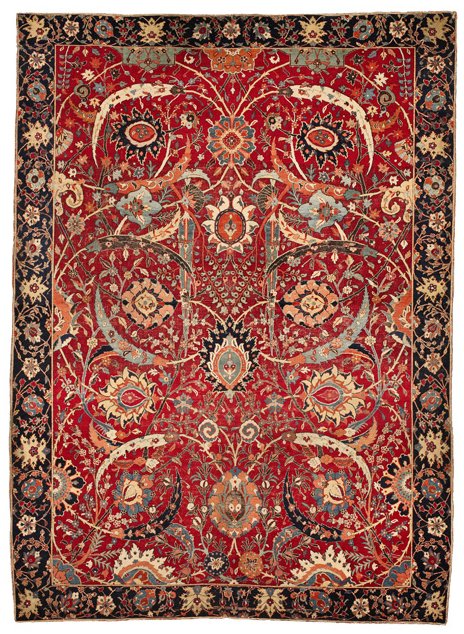
The offering spawned tremendous anticipation among antique carpet collectors the world over who looked forward to its being presented to the public. The final bid for the Sickle-Leaf Carpet? A whopping $33,765,000 – coming out to $601,380.34 per square foot. Previously, the record for a rug of this caliber had been $9.6 million, for a blue leaf-patterned 17th century rug from Iran offered by Christie’s.
Speaking to the Washington Post, Mary Jo Otsea, the auctioneer and senior consultant responsible for the sale of the carpet, said, “I thought it might sell for 10 or 15 million dollars. No one ever expected to see it on the market. Its beauty and rarity – the closest comparables are in museums.”
“It was a great day for Oriental carpets and the Corcoran,” said Peggy Loar, interim director of the Corcoran Museum, “So many of these carpets had not been turned over to dealers since the 1930s, and there’s so few on the market in this field. It brings together everyone who’s interested in them.”
The money from the sale will go towards acquiring new pieces for the museum, which has struggled financially for the last several years. And while they may miss having the carpet in their possession, Loar was happy to hand it over to a collector or institution that would prefer the carpet is displayed rather than being stored in the museum’s off-site preservation unit.
Be sure to visit Ahdoot’s large gallery of Persian and Oriental rugs to view stunning, antique and contemporary pieces perfect for complementing your home or office décor.

